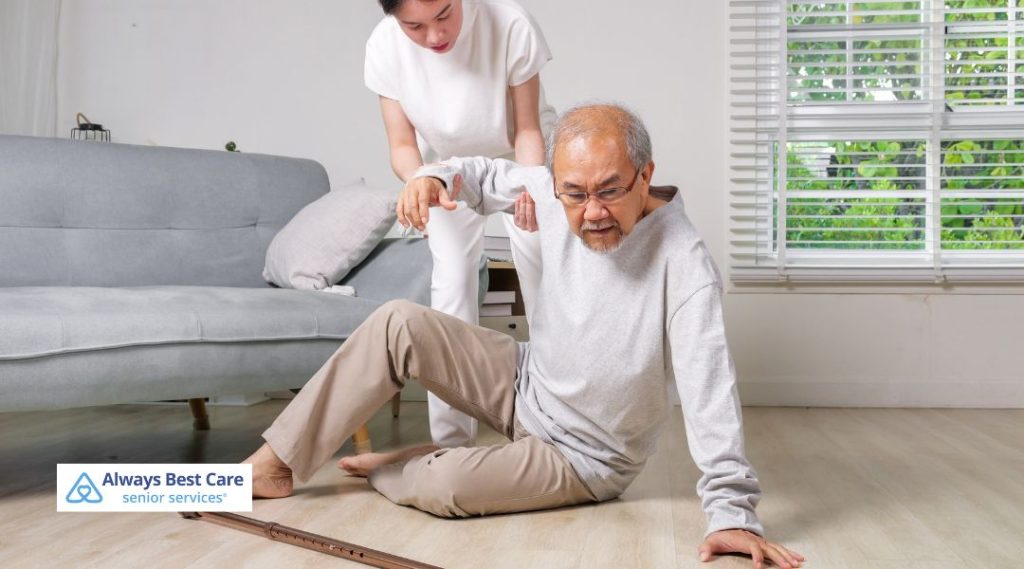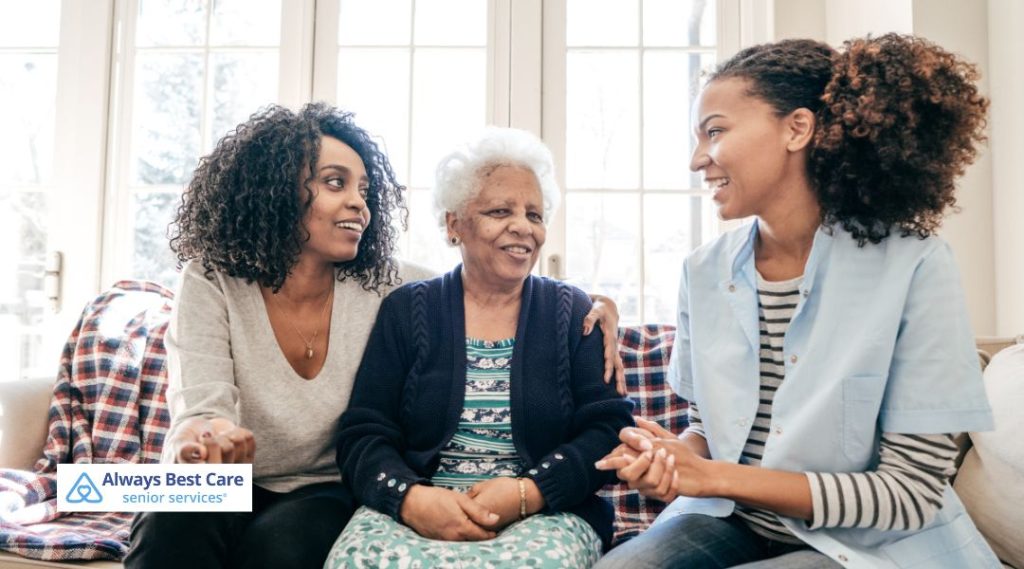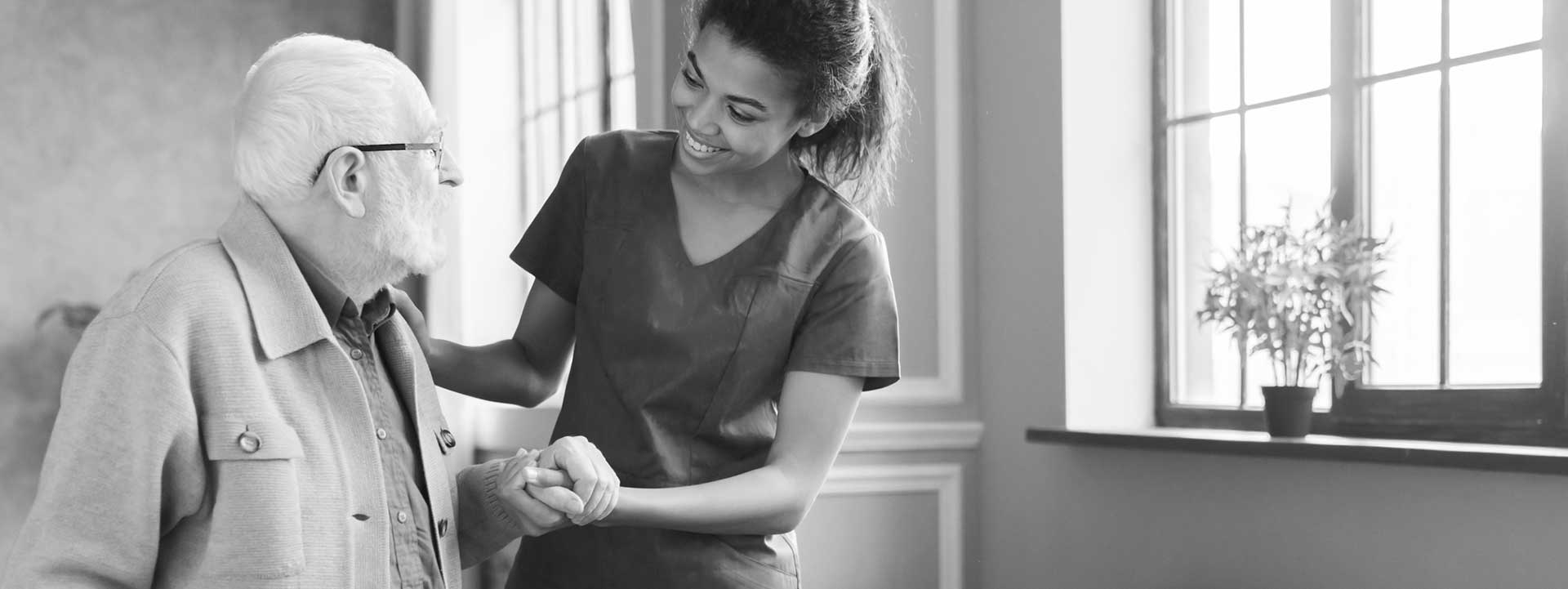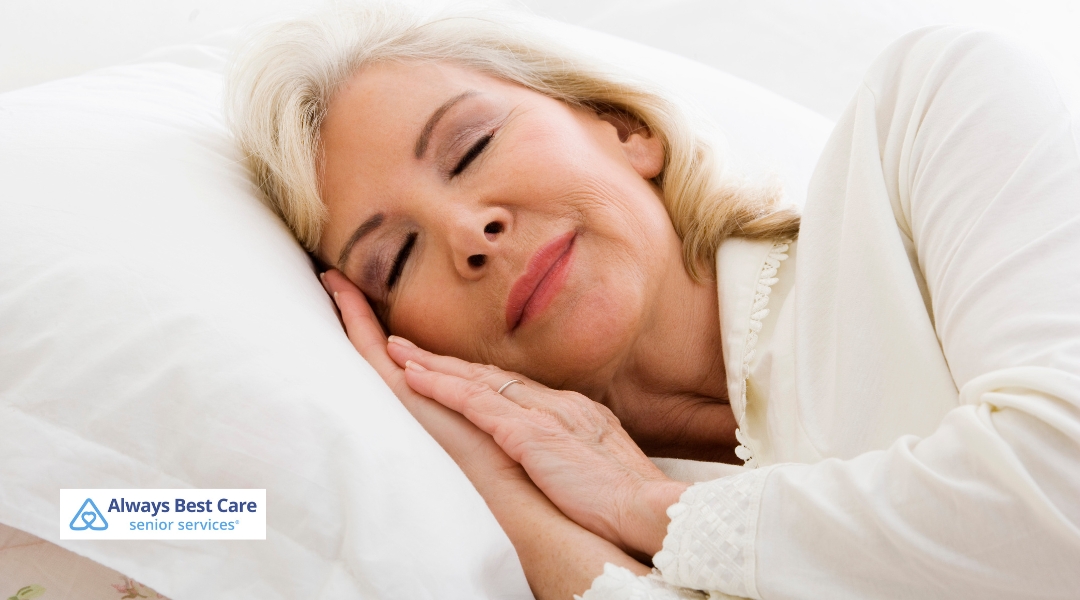Ensuring a Safe and Smooth Home Transition for Seniors in Calgary

Moving to a new home is a significant event in anyone’s life, and for seniors in Calgary, it presents unique challenges and opportunities.
Ensuring safety, comfort, and well-being during this transition is paramount.
Here’s a comprehensive guide to facilitate a smooth move for our cherished elders.
Table of Contents
Evaluating the Home for Senior Safety
A safe living environment is crucial for seniors. Begin by assessing potential hazards:
- Lighting: Ensure all areas, especially staircases and hallways, are well-lit to prevent trips and falls.
- Flooring: Secure loose rugs and opt for non-slip mats in areas like the bathroom and kitchen.
- Support Installations: Install grab bars in bathrooms and handrails on both sides of staircases to provide additional support.

9 Commonly Overlooked Fall Risks for Seniors
Falls are a leading cause of injury among seniors. Beyond obvious hazards, consider these often-overlooked risks:
- Footwear: Wearing ill-fitting shoes or slippers without proper grip can lead to slips.
- Medications: Some prescriptions may cause dizziness or drowsiness, increasing fall risk.
- Vision Impairments: Uncorrected vision problems can lead to missteps.
- Pets: Small pets can unintentionally become tripping hazards.
- Clutter: Items left on the floor, such as magazines or shoes, can cause trips.
- Wet Surfaces: Spills that are not promptly cleaned up can be slippery.
- Poor Lighting: Dimly lit areas can obscure obstacles.
- Cords and Wires: Electrical cords stretched across walking paths are hazardous.
- Improper Use of Assistive Devices: Using walkers or canes incorrectly can lead to instability.
Decluttering and Organizing for a Comfortable Space
A tidy home not only looks inviting but also enhances safety:
- Simplify Pathways: Ensure walking paths are clear of obstacles.
- Accessible Storage: Place frequently used items within easy reach to avoid unnecessary bending or stretching.
- Labelling: Clearly label storage areas to help seniors easily locate belongings.

Addressing Emotional and Mental Well-Being
A home transition is not just a physical change—it’s an emotional journey.
Seniors often feel a deep attachment to their current homes, making the idea of moving overwhelming.
Supporting their emotional and mental well-being during this process is essential for a smooth transition.
Encouraging Involvement in Decision-Making
Seniors may feel a loss of control when decisions are made on their behalf.
Including them in discussions about where they will live, how their space will be set up, and which belongings they will keep fosters a sense of empowerment. Simple choices, such as furniture arrangements or new routines, help them feel heard and respected.
Active participation also reduces resistance to change, making the transition feel less like something is happening to them and more like a collaborative effort.
Creating Comfort With Familiar Belongings
At first, a new home can feel unfamiliar and unsettling. However, incorporating cherished items—such as family photographs, favourite books, and familiar furniture—can make the space feel warm and inviting.
Keeping their preferred chair in the living room, arranging keepsakes on a nightstand, or setting up a cozy reading corner can provide reassurance and stability. The goal is to maintain elements of their previous home while ensuring the new environment is functional and safe.
Strengthening Social Connections
Loneliness can take a toll on a senior’s mental and emotional well-being.
Encouraging regular social interactions helps them feel connected and engaged. Maintaining a sense of community is vital, whether through participation in local senior center activities, joining a club, or scheduling frequent visits with family and friends.
If mobility or transportation is challenging, in-home companionship services can also provide meaningful interactions and emotional support.
Establishing a Routine for Stability
A structured routine can provide a sense of normalcy during a home transition.
Simple habits, such as having coffee at the same time each day, evening walks, or scheduled phone calls with loved ones, create predictability and comfort.
Consistency helps reduce feelings of anxiety and makes it easier for seniors to adjust to their new living situation.
Providing Emotional Reassurance
Change can be difficult, and seniors may experience feelings of sadness, worry, or nostalgia about leaving their previous homes. Open conversations about their emotions, active listening, and validating their concerns can ease their fears.
Reassuring them that their safety, comfort, and happiness are a priority can go a long way toward making them feel supported during the transition.
Coordinating Medical and Care Needs
A home transition is a significant change, and properly managing all medical and care needs can make the process much smoother.
From maintaining accurate medical records to creating a system for medication management, taking these proactive steps helps seniors stay healthy and safe in their new environment.
Ensuring Updated Medical Records
Transferring medical records is essential, especially if moving to a different area or switching healthcare providers. Keeping an up-to-date record of medical history, prescriptions, allergies, and recent lab results ensures continuity of care.
If the senior has multiple doctors or specialists, coordinating with them in advance helps prevent lapses in treatment. Having a digital copy of records or a detailed health summary readily available can be helpful during medical appointments.

Setting Up a Medication Management System
Many seniors take multiple medications daily, making organization crucial. A structured system—such as pill organizers, medication reminder apps, or automated dispensers—helps prevent missed doses or accidental overdoses.
Family members or caregivers should also keep a list of prescribed medications, dosages, and schedules to monitor adherence. If new prescriptions are introduced, reviewing potential side effects and interactions with a doctor or pharmacist ensures the safest treatment plan.
Preparing for Medical Emergencies
Emergency situations can arise unexpectedly, so having a plan in place is essential. Steps to enhance emergency preparedness include:
- Ensuring easy access to emergency contacts and medical information.
- Placing a list of emergency numbers near the phone or on the refrigerator.
- Investing in a medical alert system or wearable device for immediate assistance.
- Discussing emergency procedures with caregivers or family members.
Scheduling Routine Health Check-Ups
Regular medical visits help detect health issues early and prevent complications. Ensuring that seniors keep up with routine exams, such as vision and hearing tests, blood pressure checks, and vaccinations, supports their long-term well-being.
If mobility is an issue, arranging in-home visits from healthcare providers can make it easier to stay on top of medical needs.

Start the Transition in Calgary With Confidence—Always Best Care is Here to Help!
In-home care services can be invaluable for seniors who require additional support. We at Always Best Care of Calgary are committed to providing compassionate, professional care tailored to individual needs. Our services include personal care, companionship, and specialized programs to ensure seniors live comfortably and safely in their homes.
Contact Always Best Care of Calgary NW at (403) 812-0778 to schedule a care consultation and explore how we can assist with your loved one’s recovery at home. Let’s ensure they have the right support for a healthy and successful transition.





